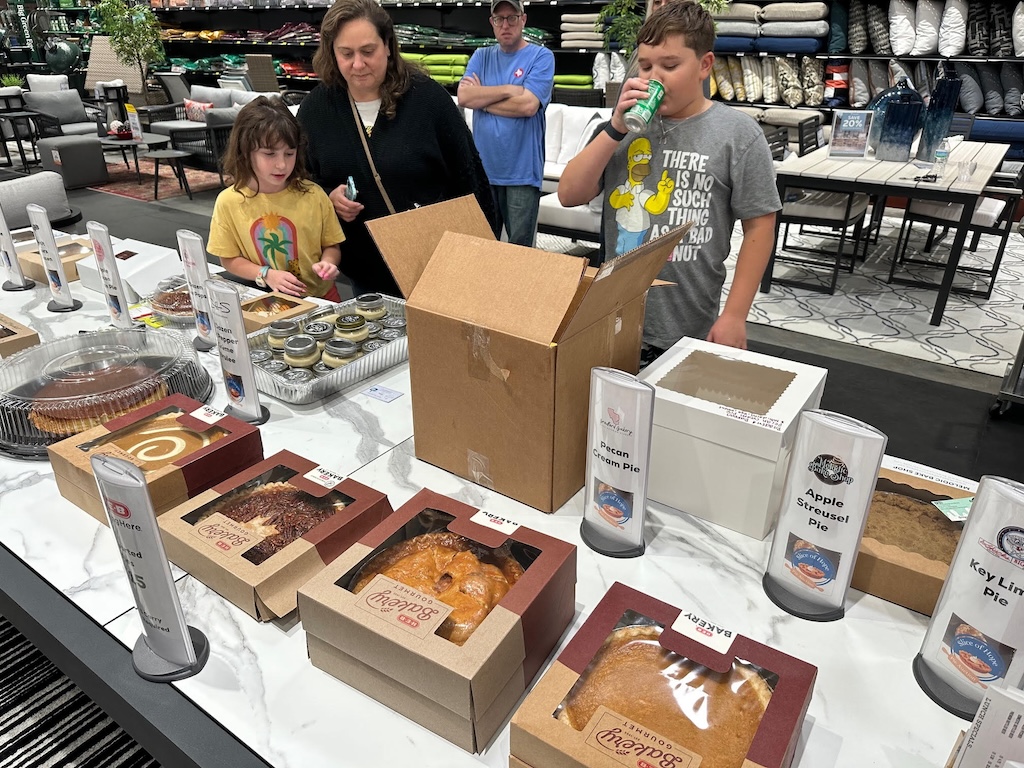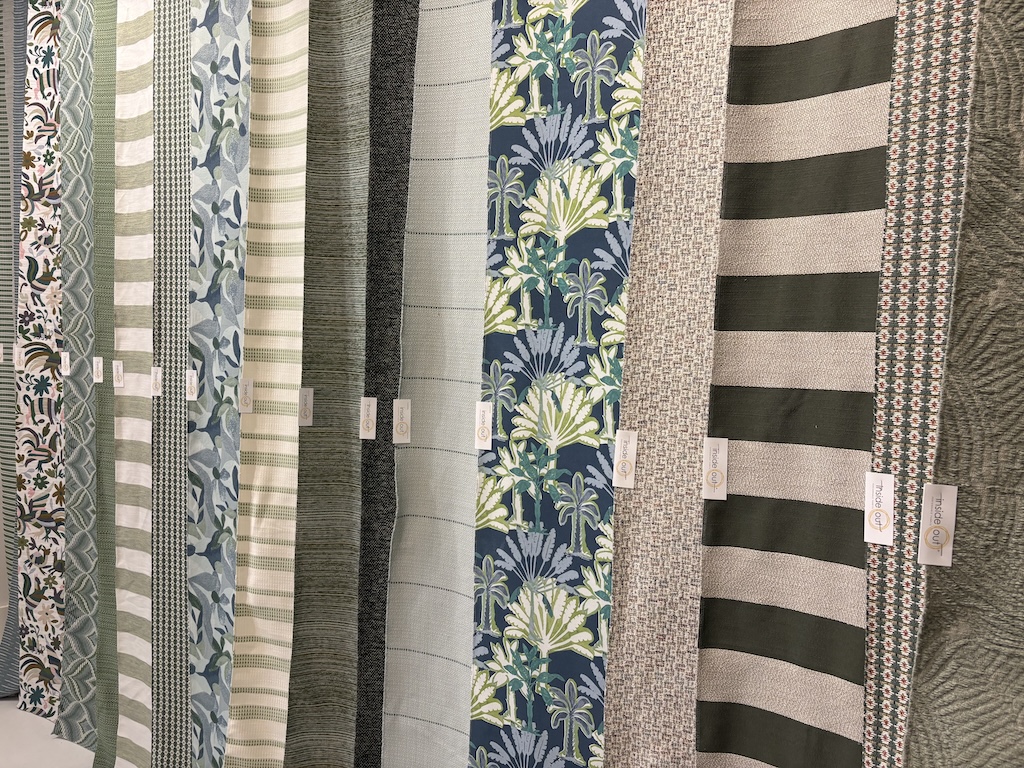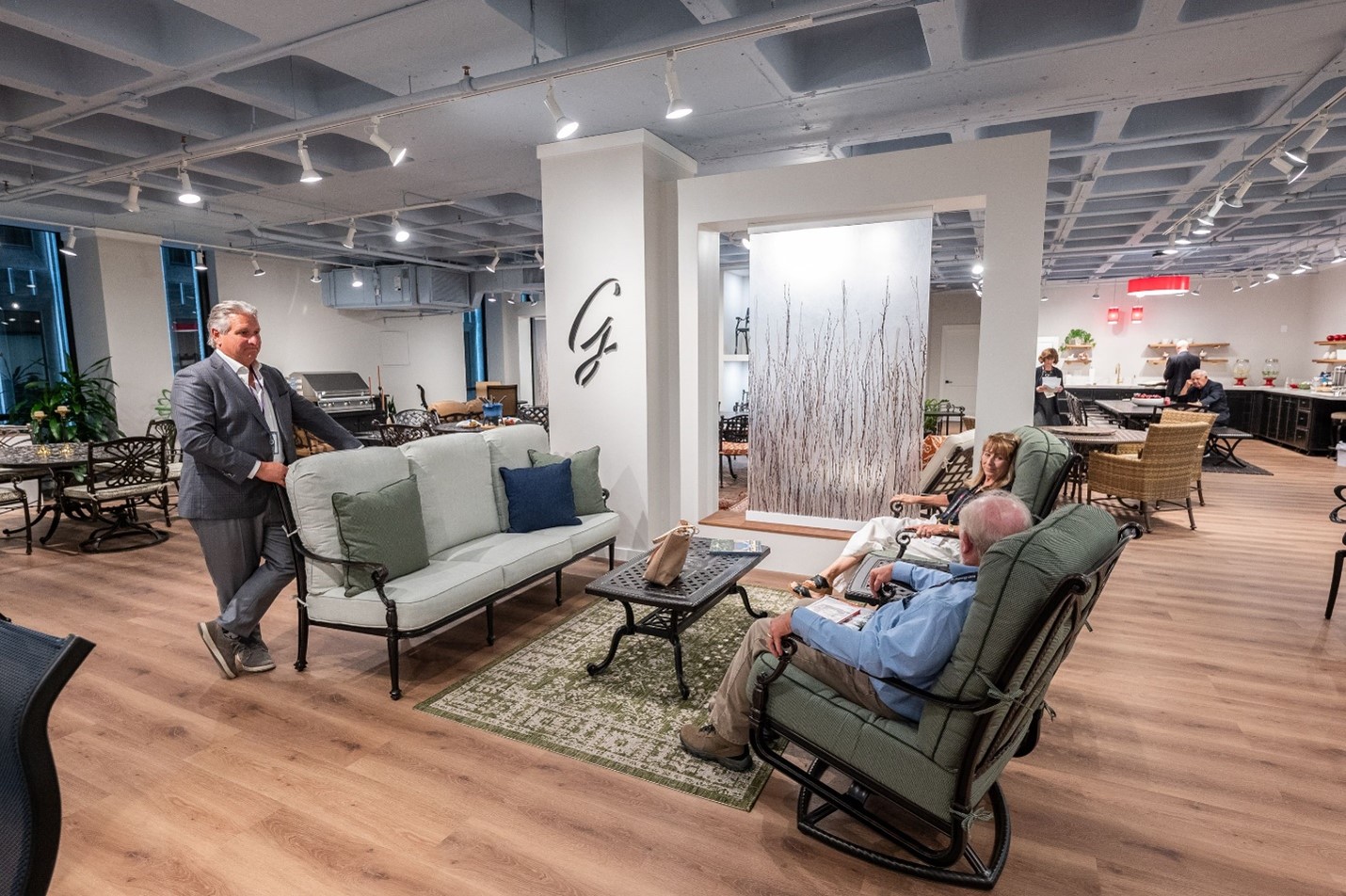When it comes to hiring, training and leading sales associates, the conventional wisdom is that the retailer needs to make every possible effort to get it right — every single time.
A trio of industry veterans say that successful sales associates are those who can deliver what customers expect — and sometimes, what they don’t. When it works and works well, both customers and salespeople alike are happy, which usually means more sales for the store and less turnover in sales associates.
Chris Nordhoff, corporate visual director and senior buyer for Indianapolis-based Kittle’s Furniture, says that his store relies on a friendly greeting, inviting displays, easy-to-shop vignettes, signage, a cafe and outside-the-box visual or theme statements.
“With all customers, not just outdoor, our sales team greets customers with ‘hello’ and ‘tell me about your room,’” says Nordhoff. “It’s an ice-breaker and gets the customer talking.”
It’s an art — and a skill — to ride the fine line of making customers know they are being helped while not overwhelming them.
“At Kittle’s, we have found that dedicated outdoor specialists are key to success,” says Nordhoff. “Customers are greeted right away; however, if they don’t engage in open-ended questions right away about their outdoor needs, then we let them browse and will follow up in a few minutes about their needs. The sales consultant will then offer to ‘sketch’ the room for the customer, right there immediately in front of them. It creates instant interest from the customer — they are engaged in the process.”
Bob Blanchard of Saltwater Porch & Patio on St. Simons Island in Georgia never once met a stranger.
“We personally and warmly greet every customer as if they were a long-time, loyal buyer,” says Blanchard.
He says that figuring out how to make customers know they are being helped without being overwhelmed is a matter of finesse honed by years of experience.
“Learning to ‘read the room’ so to speak is important,” says Blanchard. “Some customers need or want more attention. Some want to be left alone. We make a practice of asking open-ended questions so they can’t use the ‘I’m just browsing’ remark. But if they do, we listen and let them be.”
From a tactical perspective, Blanchard says his go-tos are: What can I help you find today? Or how can I help you with your outdoor space?
“If they engage, I use a series of questions that help me understand what it is they are trying to accomplish,” says Blanchard.
They include:
– Tell me about your space.
– Is it covered, uncovered or enclosed?
– How are you planning to use the space? What is your vision?
– What kind of comfort level are you looking for?
– Do you mind some maintenance or do you want maintenance-free?
– Will this be a rental unit or a private home?
Those answers help narrow down which manufacturers’ products will work for the customer.
“Also, I encourage people to sit in lots of different styles of chairs,” says Blanchard. “You’d be shocked at how many people who are buying furniture don’t sit in the chairs.”
Garrett Wallace, vice president of sales for Yard Art Patio & Fireplace in Coppell, Texas, says he likes to approach customers with kindness, respect and a little time.
“We like to give customers space and time to look around to get comfortable with the store, the furniture and then with us,” says Wallace. “This makes the process of buying much easier.”
Wallace says that he too sees it as a fine line of making sure the customer knows they are being helped while not being overwhelmed.
“This is exactly tough,” he says. “We have failed at this more than once. In training, we talk a lot about not getting distracted with other things (paperwork, the computer, the phone) but to look distracted in the customer’s eye line. This way if they look up (looking for the salesperson with a question) it is easy to glance over and make eye contact to approach them.”
Wallace says that he likes to welcome the customer in and to try to engage them.
“But we mostly welcome them in and let them know to look around and enjoy themselves,” he says. “Then after they have been in a while, we approach them, asking open-ended questions. It is at this point you can tell if they are ready to talk or need more time. If they need more time, give them more time. On the third approach, we like to bring them a bottle of water or some candy (especially if they have kids (it’s a good idea to secretly ask the parents if the kids can have the candy). When you offer someone something, it helps them let their guard down a bit and you can better engage with them to ask questions and begin your conversation.”








